I don’t have any big road trips on a bike planned for this summer and I am feeling down about that. Next summer I’ll get out there. This year it just hasn’t happened for me…besides, we’re having such a sweltering summer that I just don’t know if I really need to be out there in this heat. Yesterday I heard that it was 119 degrees in Palm Desert and 70 degrees in Malibu…at the same time! Talk about a temperature swing!
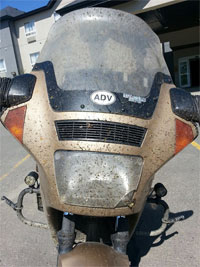 Anyway, many of my friends are out on the road (Neftali just returned from his epic north American cruise, Simon is riding across India enroute to London, Arlene is on another one of her cross country cruises, and Russ is about to take off on his CSC P-51 on a major ride). As photos and stories come in I’ll post some of them here for your enjoyment, as I have been doing. I’ve been living vicariously through their adventures, and I’ll post bits and pieces so you can do the same. Better yet, perhaps we’ll all get inspired and get on the road, too!
Anyway, many of my friends are out on the road (Neftali just returned from his epic north American cruise, Simon is riding across India enroute to London, Arlene is on another one of her cross country cruises, and Russ is about to take off on his CSC P-51 on a major ride). As photos and stories come in I’ll post some of them here for your enjoyment, as I have been doing. I’ve been living vicariously through their adventures, and I’ll post bits and pieces so you can do the same. Better yet, perhaps we’ll all get inspired and get on the road, too!
Neftali is a name you may not recognize…he’s a Facebook buddy from New York who recently completed a major putt through the US and Canada. He’s what I would call a hard core rider…he started out on a high-mileage older model Kawi Concours, encountered and overcame a few mechanical issues along the way, and made it back to tell the tale. I like these stories told by folks who made it through on their wits and mechanical skills. Anybody with a penchant for hoodwinking loan officers or a big checkbook can buy their way into a new uber-cruiser…but it takes a special kind of rider to do it on an older bike, or on a small bike. I remember the trip down to Baja on the California Scooters. That’s what life is all about, folks. There’s just something about a motorcycle adventure that is simultaneously intriguing, appealing, and exciting. I especially like the photos showing the “road warrior” nature of these journeys, like the one of Neftali’s bug-spattered Connie you see up above.
I’ll be posting more on Neftali, Simon, Arlene, and Russ in the days and weeks ahead.
And speaking of road trips and Russ, I received another nice email from my good buddy Russ just yesterday. As mentioned above, Russ is planning a major ride on his 250cc CSC road burner, and here’s his note to me…
Hi Joe:
For the benefit of those who have no video equipment to use with their CSC bikes, please go over again what it is that you use. I’m always impressed with your pics and I’m considering some form of taking pics while riding, either video or stills.
Buddy Russ in Iowa (where today we are enjoying 70’s temps!!)
Russ, I envy you from many perspectives, including your upcoming trip and the cool weather you are enjoying out there in the Midwest! Thanks for the kind words about my alleged photo skills. I’m really an amateur, but I sure appreciate your saying nice things about the stuff I post here on the blog.
You asked, so here goes…
I have two video cameras. The first is a Flip video that I bought on sale at Costco (one of my favorite places). Flip is out of business now, but they made a great product. I think I paid about $75 or so for mine and I’ll bet you can still find them new if you dug around a bit on the Internet.
The Flip camera has advantages and disadvantages. The advantage is the great image quality and the 2-hour battery. The disadvantage is that it is not a wide angle lens, and even though the lens is adjustable, even at the widest angle it is not really good for video from the rider’s perspective. It also doesn’t have a helmet-type mount. The few times I’ve used my Flip camera for riding scenes, I used a jury-rigged mount I conjured up out of an old turn signal bracket and lots of electrical tape. I really like the Flip camera, though. It does great work. Here’s a video I made of Art on the In-N-Out Bobber bike using the Flip…
The next video camera I use is a Midland XTC-300. I’ve written about this one on the blog before, and you can find that story here. The Midland has a cool story behind it…I basically talked my way into getting one for free! A distributor’s rep came into the factory one day to show it to us, and on an impulse I told him he should give one to me because I would write about it on the blog. To make a long story short, that’s exactly what happened.
The Midland has a lot of advantages, including a super-wide angle lens that makes for good riding photography and a reversible helmet mount (you can point the camera either forward or backwards). In this video showing a day in the mountains with my buddies Steve and Mike, I have scenes where the camera is facing forward and then facing rearward. It’s kind of cool and makes for a good flick.
One of the disadvantages of the Midland is that it is susceptible to wind noise. The Midland’s directions advised putting a piece of tape over the microphone to lessen the effect. I did that and it does seem to help, but the wind noise kind of dominates the soundtrack. There’s no wind noise in the above CSC video because I over-wrote it with music. In the video I posted just a day or two ago of my most recent ride I didn’t add any music, and you can sure hear the wind in it…
My buddies J and Simon use the Hero video camera (a competitor product to the Midland). The Hero has built-in software to cancel the wind noise. Here’s a video that J created; you tell me if you can hear the difference….I sure can…
The disadvantage to both cameras (the Midland and the Hero) is that it is difficult to know when the things are on or off. When the camera is on a helmet mount, you have to memorize the switch positions. When I rode with Simon in Mexico, he was constantly asking me if his helmet-mounted Hero was on. I couldn’t tell even looking at the thing. With my Midland, the switch is big enough that I sort of know, but there are times I find myself wondering if I just turned it off or if I just turned it on. These are not cameras you can look at in your hands to see. Maybe it’s mostly due to the helmet mount and my comments aren’t entirely fair to their designers.

Yours truly, with my NIkon D200, as shown in the reflection of a CSC 150 airbox cover
Finally, my regular camera is an older Nikon D200 digital single lens reflex rig. I’ve had it for about 7 years now and I’m probably due for a newer model (Nikon stopped making the D200 some time ago), but the D200 does such a good job I am reluctant to get rid of it. Besides, it’s tough. It’s bounced around in saddlebags on many moto journeys with no complaints whatsoever. It’s been doused with seawater on the whale watching adventures in Baja. It just keeps on ticking, like the old Timex commercials used to say.
A lot of my good luck with the Nikon is based on the lenses and software I use. My favorite lenses are a Sigma 50mm macro lens for general photography (it’s the one I used for that great photo of Lupe in the blog entry below, although Lupe is so pretty it’s about impossible to get a bad photo of her) and a 12-24 Tokina wide angle I use for panoramic shots. The disadvantages to a big Nikon digital single lens reflex camera are its size, weight, and expense. You can expect to pay well over $1000 for a good digital single lens reflex camera and lens. The weight didn’t bother me that much when I was younger, but lugging a heavy camera around has become more of a chore now that I am older and I have the typical geezer stuff old guys have to deal with. I would like to have a small digital camera that is both light weight and takes high quality images. Such a camera probably exists; I just haven’t done the research to locate it yet. You can’t just go by the megapixel count, either. Some cameras with very high megapixel capabilities have very low image quality, and vice versa.
I do get some great photos with my Nikon…here are a couple of my personal favorites…
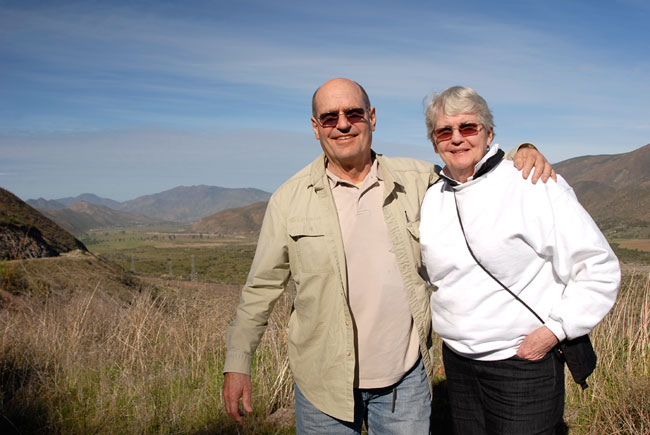
Carlos and Maria in Baja
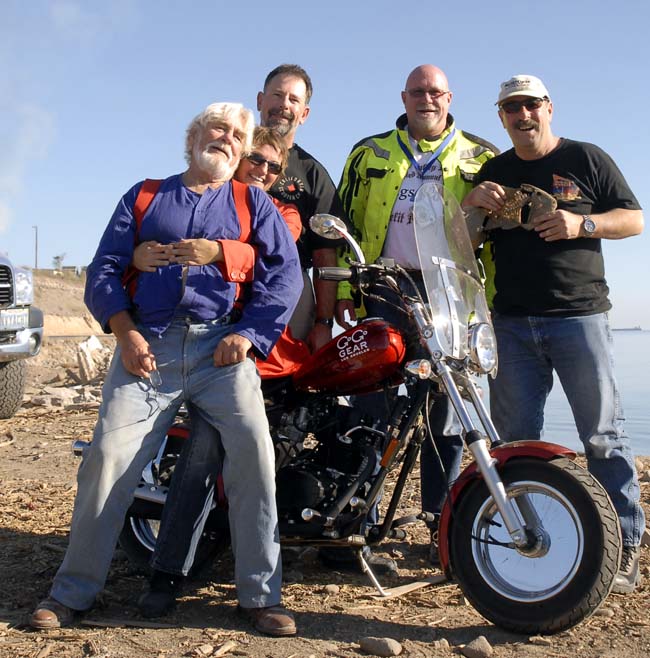
The crew on the Sea of Cortez...Simon, Arlene, John, J, and yours truly
I guess the last thing I would mention is that a lot of what you see in the photos is the result of the software I use. I adjust my still photos with a program called Adobe Photoshop, and I use a video editing package called Pinnacle. Photoshop will adjust the light levels and the colors to make the photos really pop. Pinnacle lets you add music and text to your videos (if you don’t do this, all you will have is the raw video). I could write books (and other people have) about just these software packages, so I won’t go into that kind of detail here.
That’s it for now, folks. Keep an eye on the blog…as always, there’s more good CSC stuff coming your way!
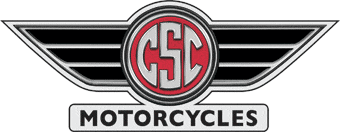




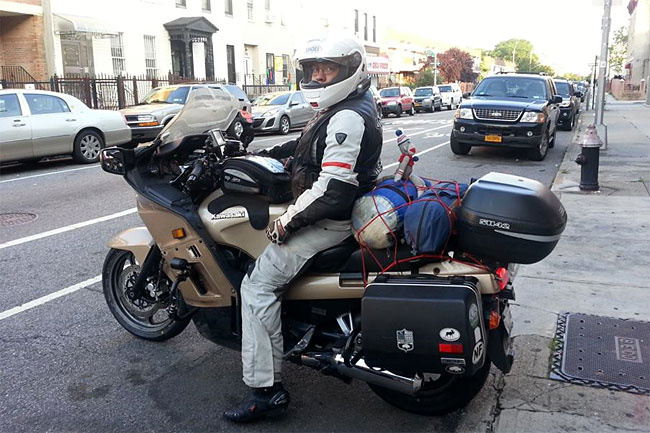
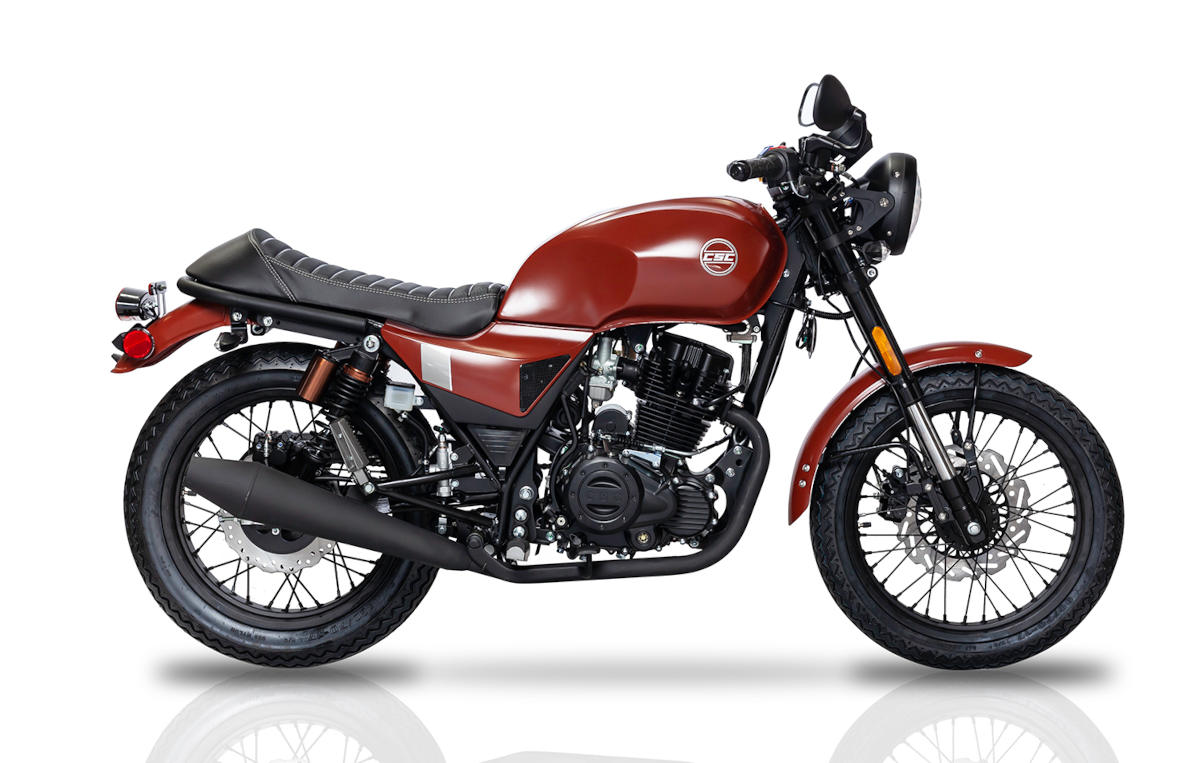 SG250 San Gabriel Cafe Racer
SG250 San Gabriel Cafe Racer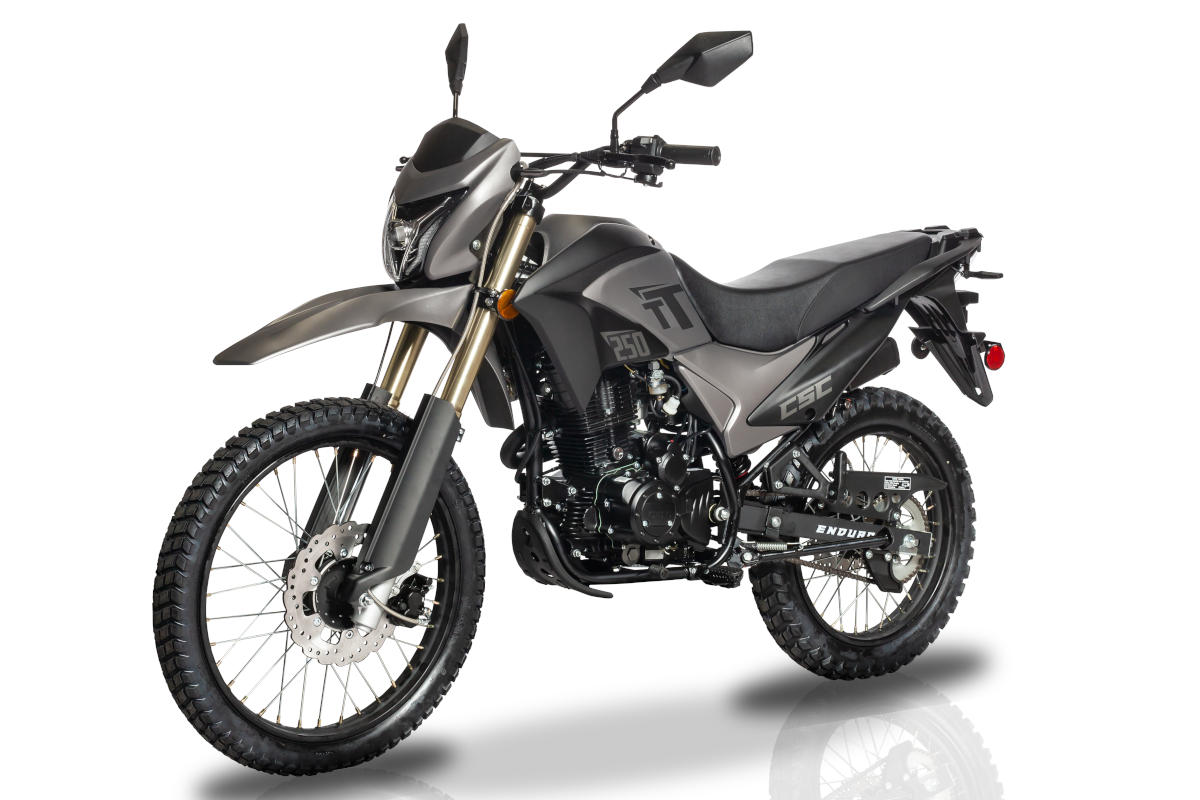 TT250 Enduro
TT250 Enduro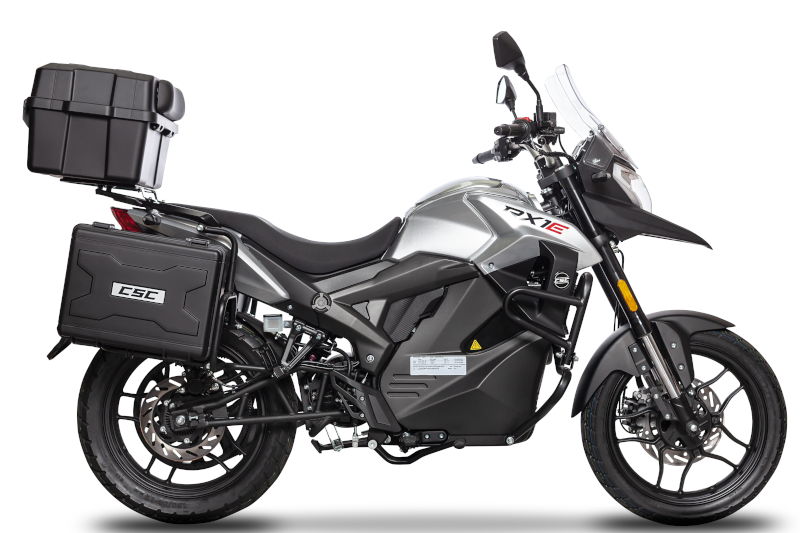 RX1E Electric Motorcycle
RX1E Electric Motorcycle